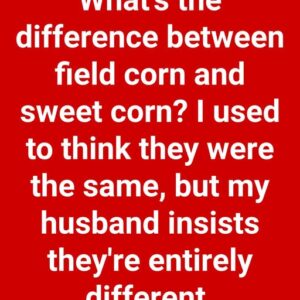Of all the foods you were likely to find at the back of the pantry in your grandma or grandpa’s house, SPAM might be the most iconic.
A staple of households for many decades, the canned meat has split opinion over the years, and not just because of its (in my point of view) unappealing appearance. No, there’s a deal of mystery surrounding SPAM, which one could argue has done more for its PR than any clever marketing scheme ever could.
So what actually is SPAM? Where did it originate? What secrets are forced into that tiny can along with the meat? Well, we’ve done a bit of digging and compiled some handy information for you… so read on for more.
What is SPAM?
SPAM was introduced to the world by Hormel Foods Corporation – an American multinational food processing company – back in 1937, and rose to worldwide popularity due to its use before and during World War II, when rations were enforced and usual food stuffs were harder to come by.
Interestingly, what SPAM actually stands remains a point of heated discussion. Further adding to the mystery we mentioned earlier, there are differing opinions as the acronym.
For example, some sources claim that SPAM stands for Specially Processed American Meat, while others will tell you that it stands instead for Shoulder of Pork and Ham. Other phrases such as “Salt Preserves Any Meat” have been bandied around the internet, while “Spiced Ham” has been thrown into the mix as a possible explanation.
The official line is… well, there isn’t an official line, which makes the whole thing even more enigmatic, and therefore interesting.
That said, the subject of the famous letters has been debated for decades. Time reported that one Ken Daigneau, the brother of a Hormel executive, dreamed up the word SPAM as a portmanteau (a word combining the meanings of two others) for spiced ham during a naming contest, thereby winning a $100 prize (a not-insignificant sum in the late 1930s).
Company founder Jay Hormel told New Yorker writer Brendan Gill back in 1945: “I knew then and there that the name was perfect.”
As luck would have it, the ingredients of SPAM are not nearly so difficult to get clued in on. The New York post claim they entail a simple assemblage of pork, water, salt, potato starch, sugar, and sodium nitrate.
The Hormel Foods website explains that: “Toward the end of the Great Depression, SPAM helped fill a huge need for inexpensive meat products. And its popularity only grew.”
Its importance was then cemented during the Second World War, and it remains a popular food stable today.
How is SPAM made?
I doubt I am the only one here who was curious as to what SPAM is actually made of. I’ve heard my share of horror stories over the years, and though none of them have ever convinced me to stop eating the stuff, I must admit I’ve had periods where I’ve wondered if there was some mystery ingredient I should be aware of.
Turns out that method of producing SPAM is just as simple as the ingredient list. Hormel Foods say that ground-up pork and ham are mixed with the other ingredients for 20 minutes. They’re then put into cans, which are in turn vacuum-sealed. Then the cans are cooked and then cooled for three hours, after which time they’re ready to receive their iconic labels.
Do you eat SPAM? Did you know how it was produced, what it’s made from, and what it stands for? Let us know!





